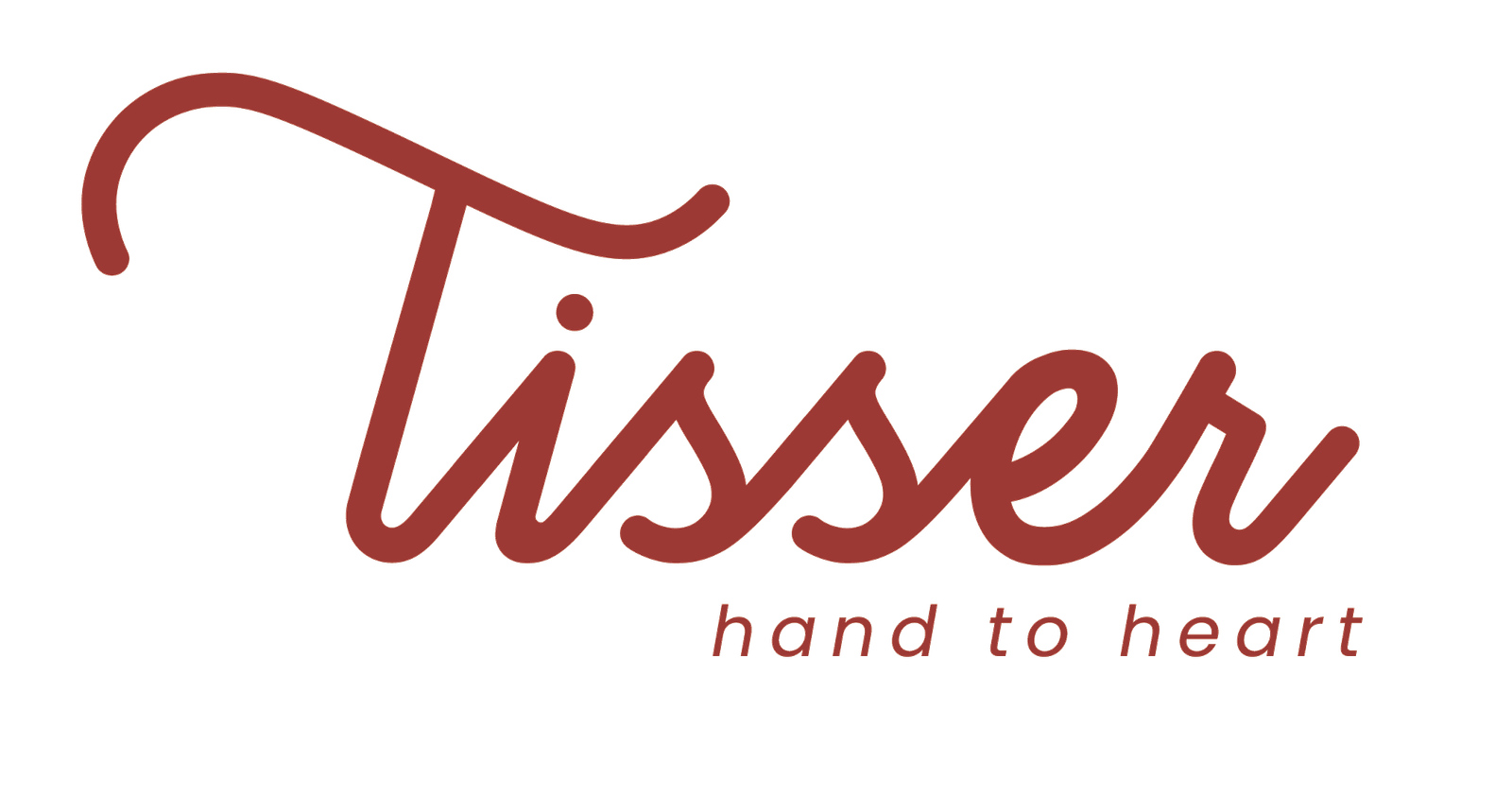Women Artisan Project
Women Artisan Project ( LTI )
Project Overview
- Name of the project: Women Artisan Project
- Location (cluster or region): Rajasthan, West Bengal, Maharashtra, Karnataka, Andhra Pradesh, Bihar, Orissa
- Project duration (start and end dates): 2023 – 2024
Project Summary:
The Women Artisan Project was a year-long initiative aimed at empowering 5,000 rural women artisans across Rajasthan, West Bengal, Maharashtra, Karnataka, Andhra Pradesh, Bihar, and Orissa. The project focused on enhancing their skills, improving market access, and ultimately, improving their livelihoods.
Key Activities:
- Skill Development: Training in various artisanal techniques to improve product quality and efficiency.
- Social Media Training: Digital literacy training to enable artisans to market their products online.
- Design Development and Market Linkage: Providing design inputs and connecting artisans with potential buyers.
- Enterprise Development: Business planning and management training to help artisans establish and grow their businesses.
- Marketing and Sales Activities: Organizing exhibitions, fairs, and online sales to promote artisan products.
Beneficiaries:
- Number of Beneficiaries: Approximately 5,000 women artisans
- Demographic Breakdown: Primarily women artisans aged 20-50 years
Training and Capacity Building:
- Number of Training Programs: 30
- Skills Imparted: Design development, market linkages, skill development, financial management, and supply chain management.
- Total Number Trained: 5,000
Impact Metrics:
- Socio-Economic Impact: Improved livelihoods for 5,000 rural women artisans.
- Environmental Impact: Potential for increased adoption of sustainable practices and eco-friendly materials.
Financial Data
- Project Funding: Rs 1,58,65,000
- Funds Utilized: All funds were utilized effectively, and a Utilization Certificate was provided to the funder by the finance department.
Case Studies
Sudha Devi, a seasoned Madhubani artist from the cluster, embodies the spirit of collective growth. She believes in taking everyone along on the journey of progress, ‘from hand to heart’. By facilitating training sessions tailored to the specific needs of women in the cluster, Sudha Devi empowers them to refine their art and skills, making them more competitive in the market.
Recognizing the importance of technology in today’s business landscape, Sudha Devi is eager to learn new digital tools to streamline her operations. While she has maintained business records previously, the Business Therapy program equipped her with the most crucial and fundamental aspects of book and record keeping.
Sudha Devi’s income has witnessed a significant transformation. Before joining the cluster, she struggled to make ends meet, earning a meager Rs. 2000 per month. However, since becoming a Madhubani artisan within the cluster, her income has soared to Rs. 9000 per month. This financial security has been particularly crucial in the aftermath of the global pandemic.
Sudha Devi’s story exemplifies the power of collaboration and continuous learning. Her dedication to uplifting her fellow artists, coupled with her own drive for improvement, paves the way for a thriving and sustainable Madhubani art community.

Narmada Devi, the sprightly 60-year-old head of the Madhubani cluster, embodies resilience and unwavering belief. Her motto, “We need to reach the customers and get the business, especially after the pandemic,” reflects her determination to steer the cluster towards growth.
Narmada Devi’s vast experience serves as a guiding light for the cluster. She faces challenges with a smile, her unwavering faith in her art and the power of consistent effort fueling her spirit. A natural leader, she inspires the women around her by leading by example.
With the support of LTI Mindtree and Tisser, the Madhubani cluster has set an ambitious goal: to double its size in terms of both the number of women involved and its overall turnover. Narmada Devi’s leadership and vision, coupled with the support of these organizations, position the cluster for a bright future. Her highlights the importance of experienced leadership, collective action, and external support in empowering traditional art forms to thrive in the modern world.







